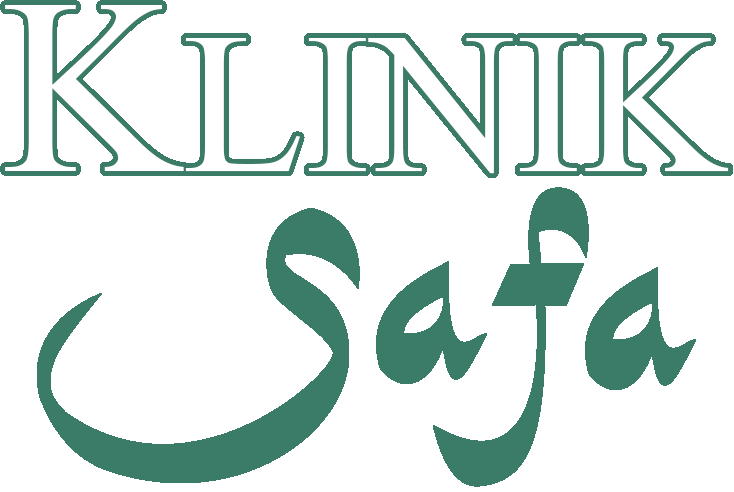Pain Intervention and Management
To cure sometimes,
relieve often,
comfort always.
Trigger Finger Treatment

As the name suggest, Trigger Finger is when the finger is unable to move smoothly and gets stuck usually while trying to open up the hand from a clenched fist. This is due to a swollen tendon sheath or inflammation in the tendon, preventing free gliding of the tendon. It can happen in any of the digits, but most commonly it involves trigger thumb, index finger, middle finger and the ring finger. Trigger Finger Treatment have become more effective and less risky due to advancement of medical technology and knowledge.
The risk factors for Trigger Finger includes occupation or hobby that requires gripping and repetitive hand use such as mechanic, carpenter, tailor and typist. Women and those with joint disease such as rheumatoid arthritis are more likely to develop Trigger Finger.
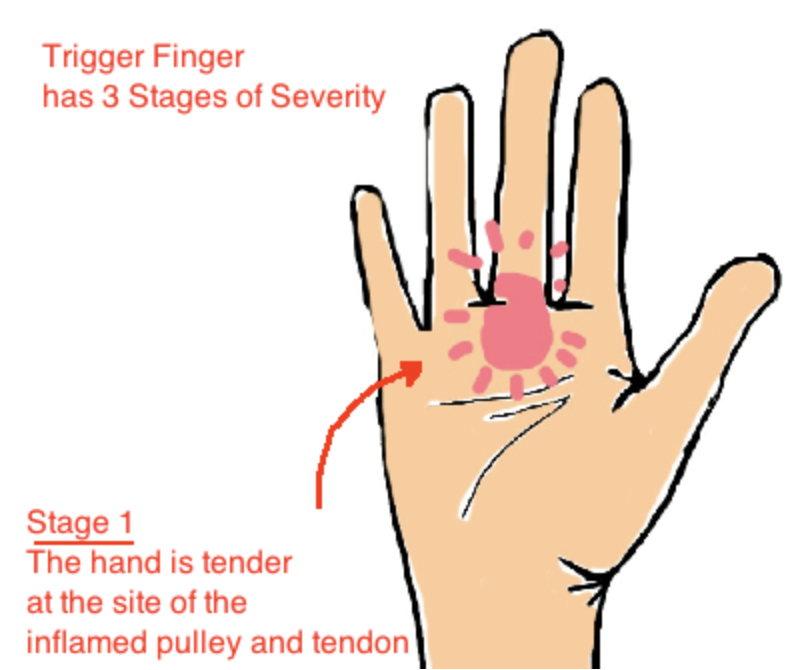
Stage 1 - Pain
In the initial phase of trigger finger, there will only be pain over the palm area. The fingers can move freely without any problem.
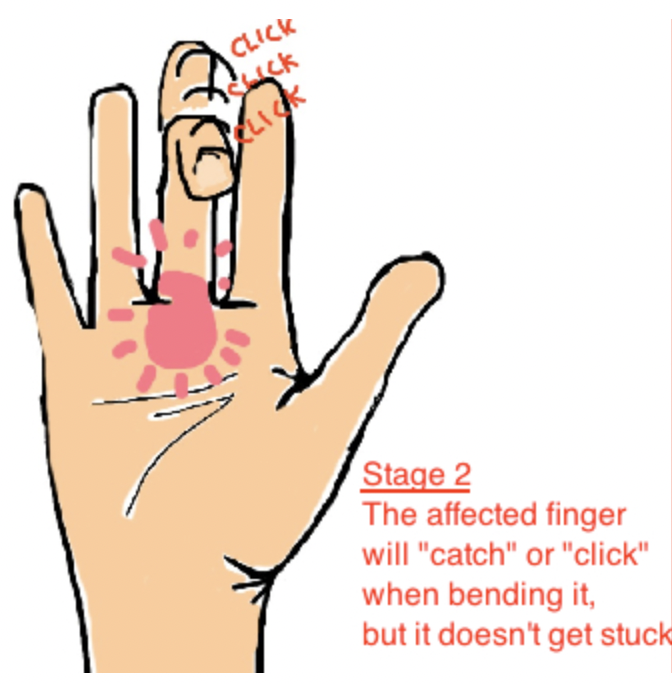
Stage 2 - Catching
When the problem get worse, the finger will get stuck, usually described as 'catching' or 'clicking'. Initially, the finger can be straightened without assistance but as the disease progress, you will require the other hand to straightened the finger
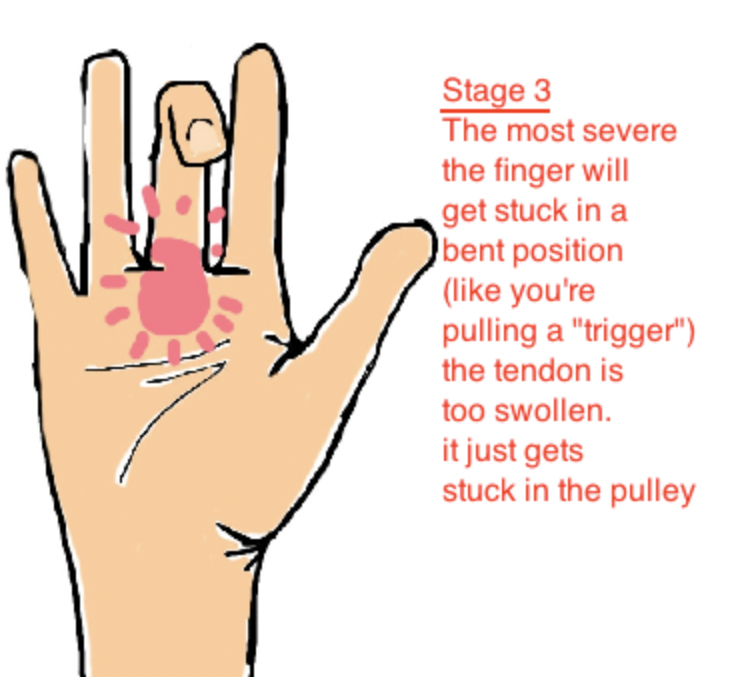
Stage 3 - Locked
In the worst stage, the finger will get locked in a 'trigger' position, as if you are holding a trigger of a gun. In this stage, treatment is usually surgical release.
Initial treatment and remedies
Initial treatment of trigger finger includes physiotherapy, massage and exercise. Putting the hand in an ice bath helps especially after prolonged use, as this will reduce the inflammation in the tendon. If these finger therapies do not work, oral medication to reduce pain and inflammation can be used. There has been studies to support the use of supplements such as Bromelain and Cucurmin to reduce the inflammation in the finger tendon.
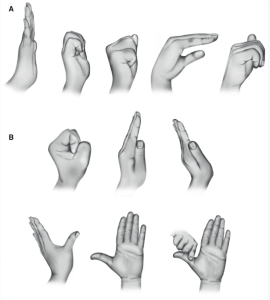
Trigger Finger Injection
When conservative measures fail to relief the locking and catching episode, injection with anti-inflammatory medication or corticosteroids can be done to cure and relief the problem. Injection is usually done with local anaesthetics to numb the area and thus reducing the pain during procedure. Under the skilful hand of an experienced surgeon, the procedure can be completed in less than a minute without any complications. After the procedure, it is normal to feel numb over the injection site and the affected finger for the next 2 hours. Mild injection soreness usually will only last for the first 24 hours and is easily controlled by oral pain killers.

Surgical treatment for Trigger Finger
For Stage 3 Trigger Finger or trigger thumb problem, where the finger is already in a ‘locked’ position, surgical release of the tendon can be done in the clinic. This trigger finger release procedure is also indicated for those who had done corticosteroid injection but fails the treatment. In “Open Release Procedure”, local anaesthetic will be given to numb the palm or the site for surgery. A small incision will be made to release the constricting fibrous tissue that is preventing the tendon from gliding freely. A more advanced technique known as “Percutaneous Release” can also be done using a needle with the aid of ultrasound. This procedure does not involves any cut in the skin and there will be no scar over the palm.
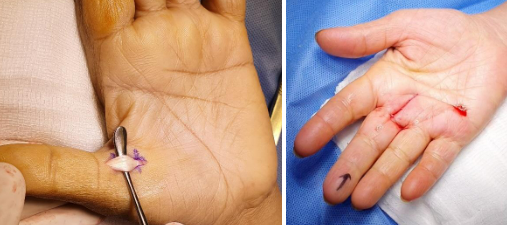
- Neck pain
- Cervical spondylosis
- Cervical slip disc
- Lower back pain
- Shoulder Pain
- Elbow pain
- Wrist pain
- Trigger Finger
- Hip pain
- Knee pain
- Ankle pain
- Heel pain
